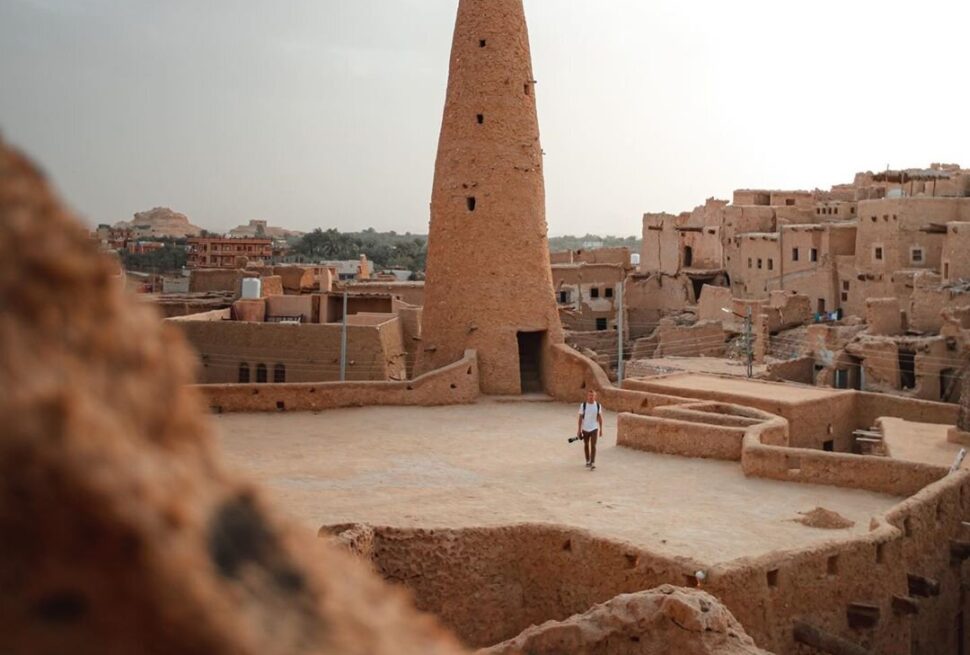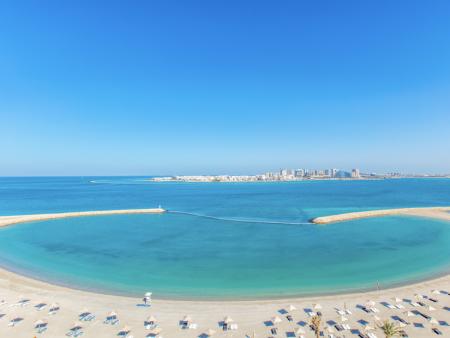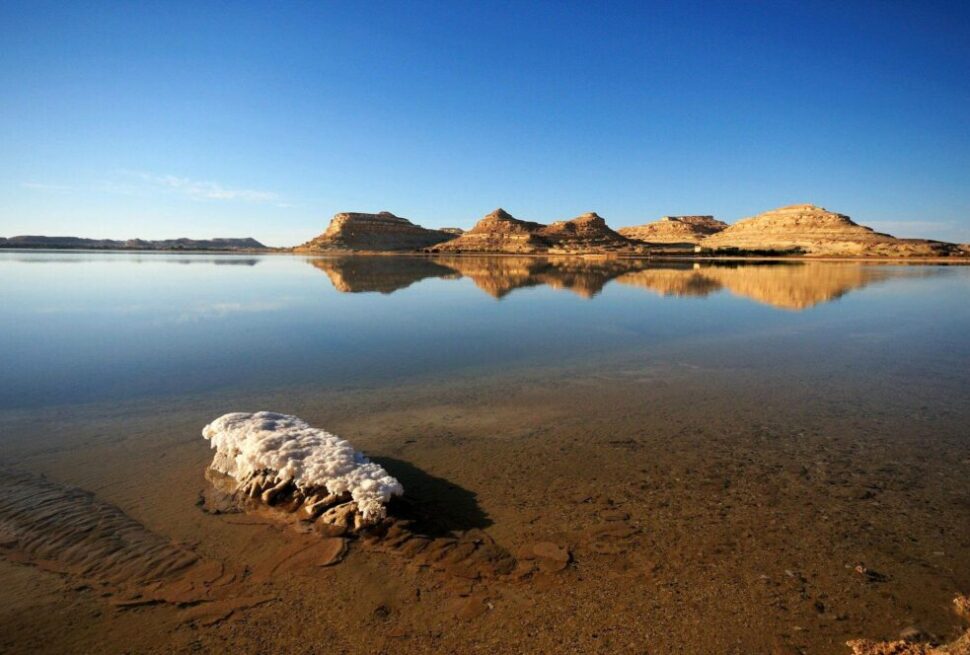
Introduction to Matrouh‘s Heritage Sites
Geographic Location of Matrouh
Nestled along the spectacular Mediterranean coast of Egypt, Matrouh is a breathtaking destination that often flies under the radar compared to other iconic locations. It’s situated a mere 240 kilometers west of Alexandria, bordered by stunning beaches and rugged landscapes, making it a treasure trove for history buffs and nature lovers alike. The striking contrast of golden sand against the azure sea is simply mesmerizing!
Significance of Matrouh’s Heritage Sites
What truly makes Matrouh special are its rich heritage sites that whisper tales of ancient civilizations. Exploring these sites is like stepping back in time, and I can candidly say, it sparked my curiosity about Egypt’s past! Here are a few reasons why Matrouh’s heritage sites matter:
- Historical Insights: They offer a glimpse into the lives of early inhabitants and their influences.
- Cultural Diversity: Showcasing the blend of various civilizations, from Greeks to Romans, that shaped the region.
- Tourism Potential: These sites attract visitors keen on exploring authentic historical narratives.
Matrouh’s heritage is not just a tale of the past; it’s an ongoing story that’s waiting to be discovered!
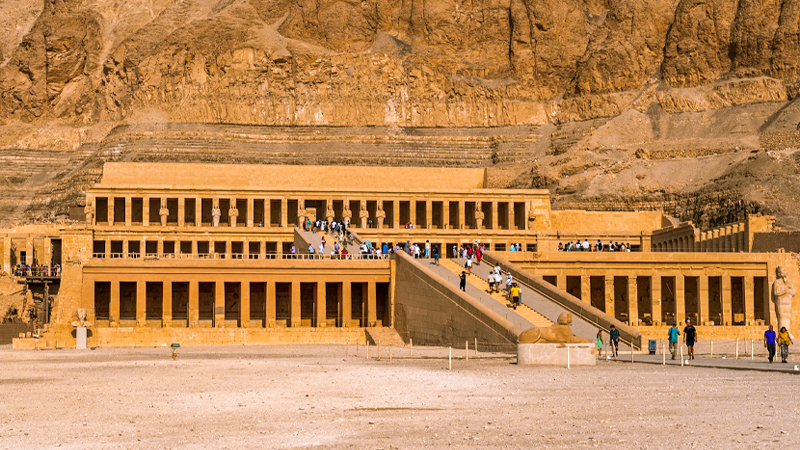
Ancient Ruins in Matrouh
Historical Overview of Matrouh’s Ancient Ruins
Continuing our journey through Matrouh, the ancient ruins scattered across this region reveal fascinating stories of the past. Historically, Matrouh was a significant stopover for traders and explorers, a factor that influenced the development of various cultures. Walking among the remnants of ancient structures, you can truly feel the echoes of history.
Notable Archaeological Discoveries in Matrouh
During my visit, I was astounded by several remarkable archaeological treasures unearthed in Matrouh:
- The Temple of Amun: This significant site highlights the connection between ancient Egyptians and the priesthood, adorned with intricate hieroglyphics that still astound historians today.
- Roman Remains: Artifacts from Roman settlements, including pottery and mosaics, showcase the blending of cultures and daily life in ancient times.
Exploring these ruins not only deepens our understanding of history but also underscores Matrouh’s importance as a cultural and historical hub in Egypt!
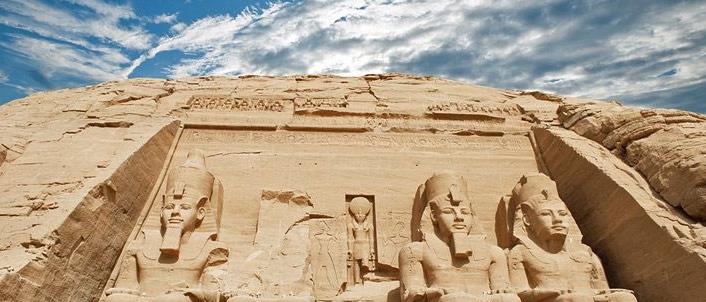
Cultural Landmarks in Matrouh
Influence of Different Civilizations on Matrouh’s Culture
As we delve into Matrouh’s cultural landmarks, it’s fascinating to see how various civilizations have woven their narratives into the region’s rich tapestry. From the Greeks and Romans to the Ottomans, each culture left an indelible mark. When I visited the local markets, I could sense this vibrant blend through the arts, crafts, and even the delicious cuisine!
- Greek Influence: The architectural styles of ancient buildings reflect Hellenistic designs.
- Roman Legacy: Language and administrative structures can still be traced back to Roman practices.
Preservation Efforts of Matrouh’s Cultural Landmarks
Preserving this cultural heritage is paramount. Numerous initiatives aim to protect and restore these landmarks, ensuring future generations can experience their beauty:
- Government Involvement: Local authorities are investing in restoration projects to maintain historical integrity.
- Community Engagement: Workshops and awareness programs educate locals on the importance of preserving their heritage.
Witnessing these efforts firsthand truly reinvigorated my hope in safeguarding Matrouh’s incredible cultural legacy!
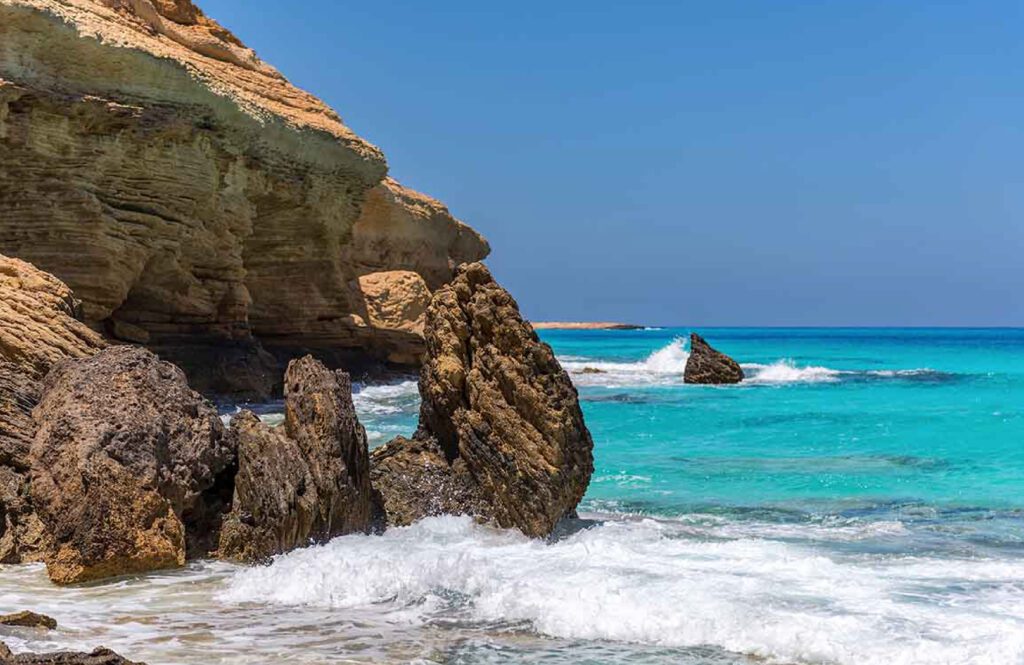
Architectural Wonders of Matrouh
Unique Architectural Styles in Matrouh
Moving forward, Matrouh’s architectural wonders tell a captivating story of artistic expression and functionality. The unique blend of architectural styles reflects the diverse cultural influences in the region, each contributing its flair. I found myself captivated by iconic structures like:
- Mediterranean Villas: Adorned with balconies and intricate woodwork that echo European influences.
- Traditional Mud-Brick Houses: These structures embrace simplicity and sustainability, showcasing local building techniques.
Impact of Climate on Matrouh’s Architectural Designs
The climate in Matrouh plays a pivotal role in shaping its architectural landscape. The hot, arid conditions have influenced design features that prioritize cooling and comfort. Here are some aspects that stood out during my exploration:
- Thick Walls: Many buildings boast thick walls made of local materials to insulate against heat.
- Ventilation Techniques: High ceilings and strategically placed windows enhance air circulation, making interiors comfortable during the hotter months.
These considerations demonstrate how architecture in Matrouh not only reflects artistic vision but also adapts to the environment, ensuring a harmonious living experience!
Religious Sites in Matrouh
Diversity of Religious Sites in Matrouh
As we wrap up our exploration of Matrouh’s architectural wonders, it’s impossible to overlook the region’s rich spiritual landscape. The diversity of religious sites here is truly remarkable, showcasing the harmony between different faiths. I was pleasantly surprised to find a variety of places of worship, including:
- Ancient Temples: Remnants of ancient Egyptian devotion to gods, echoing historical significance.
- Mosques and Churches: These modern places of worship, often side by side, reflect the coexistence of Islam and Christianity.
Spiritual Importance of Matrouh’s Religious Sites
These sites are not just historical markers; they hold profound spiritual significance for locals and visitors alike. Standing in these sacred areas, I felt a strong sense of peace and connection. Some key elements that highlight their importance include:
- Community Gatherings: Regular prayer and communal activities foster a strong sense of belonging.
- Cultural Festivals: These events celebrate religious traditions, drawing people together regardless of faith.
Exploring these religious sites has deepened my appreciation for the rich spiritual heritage of Matrouh and its role in shaping community identity!


